Project Mah Jongg

Curated by the Museum of Jewish Heritage — A Living Memorial to the Holocaust in New York City
on view at JMM March 30, 2014 to June 29, 2014
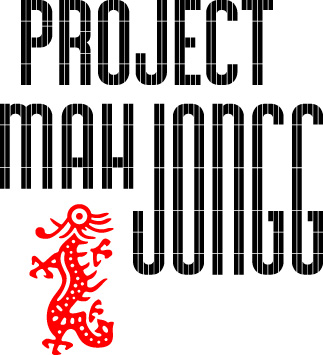
Tiles clacking, players chatting and laughing, exclamations of “Two bam!” “Three crack!” and “Four dot!” … these are the memories shared by women who gather together to play the Chinese game of mah jongg. Project Mah Jongg, an exhibition exploring the traditions, history, and meaning of the game of mah jongg in Jewish-American culture, was created by the Museum of Jewish Heritage — A Living Memorial to the Holocaust in New York City. Visit www.projectmahjongg.com for more information.
To capture the beauty, fantasy, and whimsy inherent in the game, renowned designer Abbot Miller, a partner at Pentagram Design, whose projects have included Superheroes: Fashion and Fantasy at the Metropolitan Museum and Sarah Bernhardt: The Art of High Drama at the Jewish Museum, has designed an exhibit that highlights the intriguing objects and imagery surrounding the game. Original works by fashion icon Isaac Mizrahi, and renowned illustrators Maira Kalman, Christoph Niemann, and Bruce McCall pay homage to the influence mah jongg has had on design and contemporary artists. As Miller says, “Mah jongg is a visual universe unto itself, one governed by dragons, directional winds, and cocktails. It was —and still is —social media with a heavy dose of style and history.”
Highlights of the Exhibit
Project Mah Jongg illustrates the game’s role in community, in the home, and in the relationships formed by Jewish-American women. Visitors will see why it remains popular to this day, passed down from generation to generation—from grandmothers to hipsters and from baby boomers to bohemians.
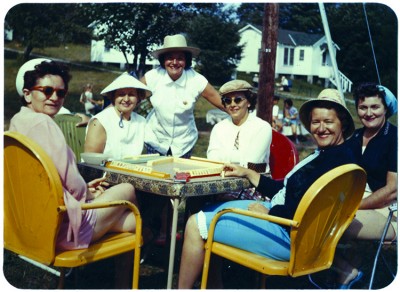
Highlights of the exhibition include images and items from the mah jongg craze of the 1920s, including vintage advertisements, Chinoiserie, and a colorful array of early game sets distributed by companies such as Milton Bradley and Parker Brothers. Artifacts from the 1930s include an instructional booklet by Dorothy S. Meyerson, a pioneer of mah jongg within the Jewish community, and images of early members of the National Mah Jongg League. When many Jewish families moved into the suburbs, the game became a popular social activity. 1950sera mah jongg lent itself to mah jongg-themed aprons, travel sets, and images of women in the Catskills enjoying the game. A multitude of vintage tiles, boxed sets, rulebooks, and related material culture will populate the exhibition on a rotating basis.
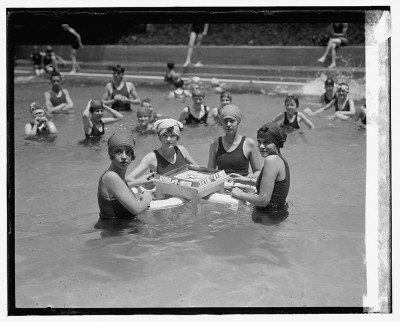
In the exhibit, visitors hear an ambient soundscape, created by sound designer Timothy Nohe, echoing the clicking of the tiles, the din of the gossip, spoken memories, and exclamations of “Crack!” “Bam!” and “Dot!” A game table at the core of the exhibit space encourages players and non-players alike to take part in a game of mah jongg and a continuing tradition.
Project Mah Jongg is made possible through the generosity of the National Mah Jongg League. Additional support is provided by Sylvia Hassenfeld and 2wice Arts Foundation. New York magazine is the exhibition’s media partner. Research and program assistance provided by the Museum of Chinese in America (www.mocanyc.org).
Photos of Exhibit (by Will Kirk)
The Jewish Museum of Maryland presentation of Project Mah Jongg is made possible through:
generous support from The Greif Family Fund and Irene and Robert Russel.
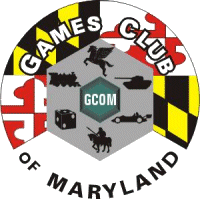
To find out more about playing board games in your area check out the Games Club of Maryland Website at www.gamesclubofmd.org.
Help support exhibits, programs, and projects like this at the Jewish Museum of Maryland by making a gift online today!

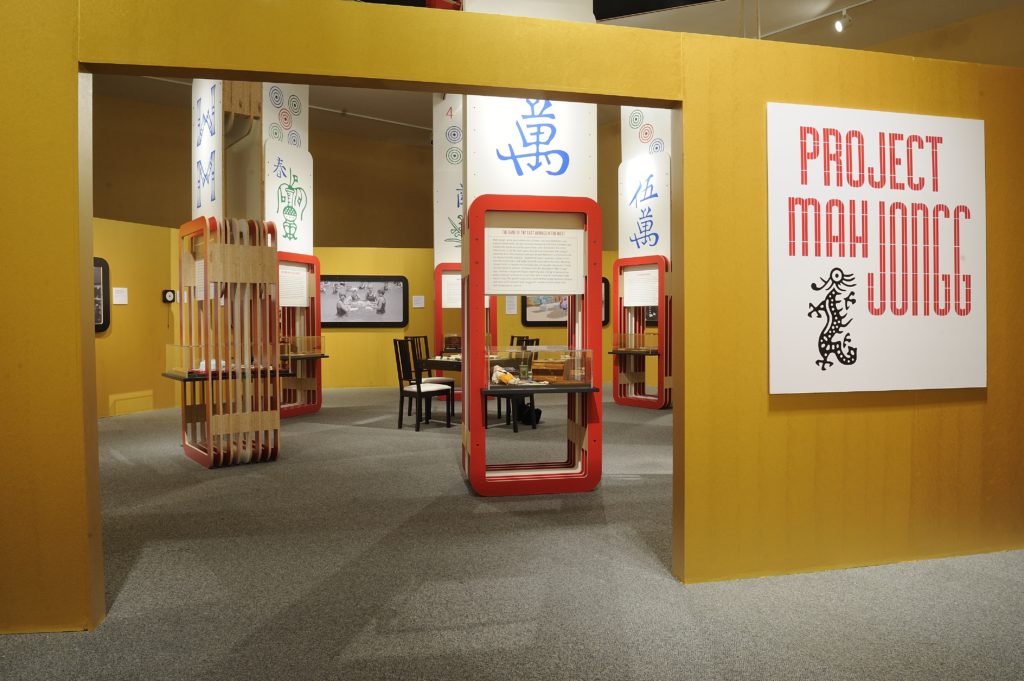
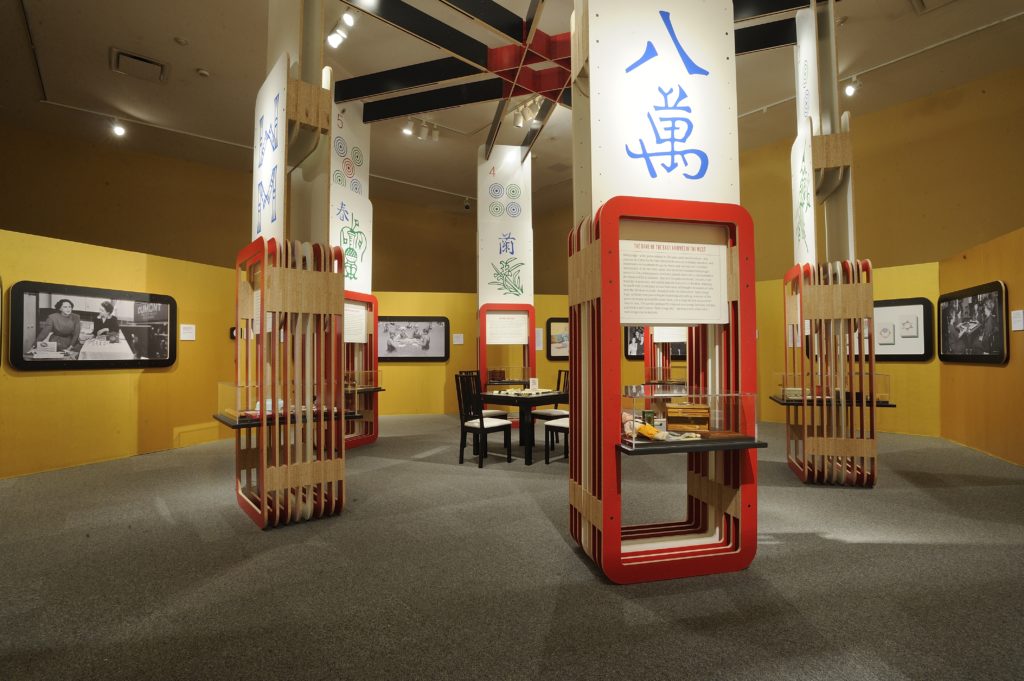
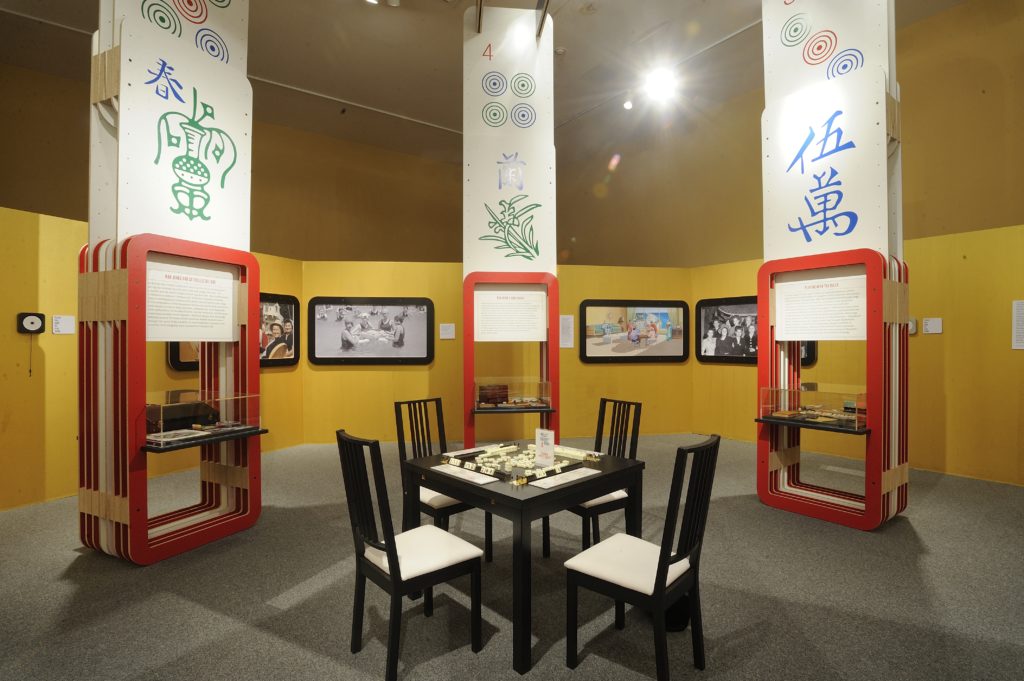

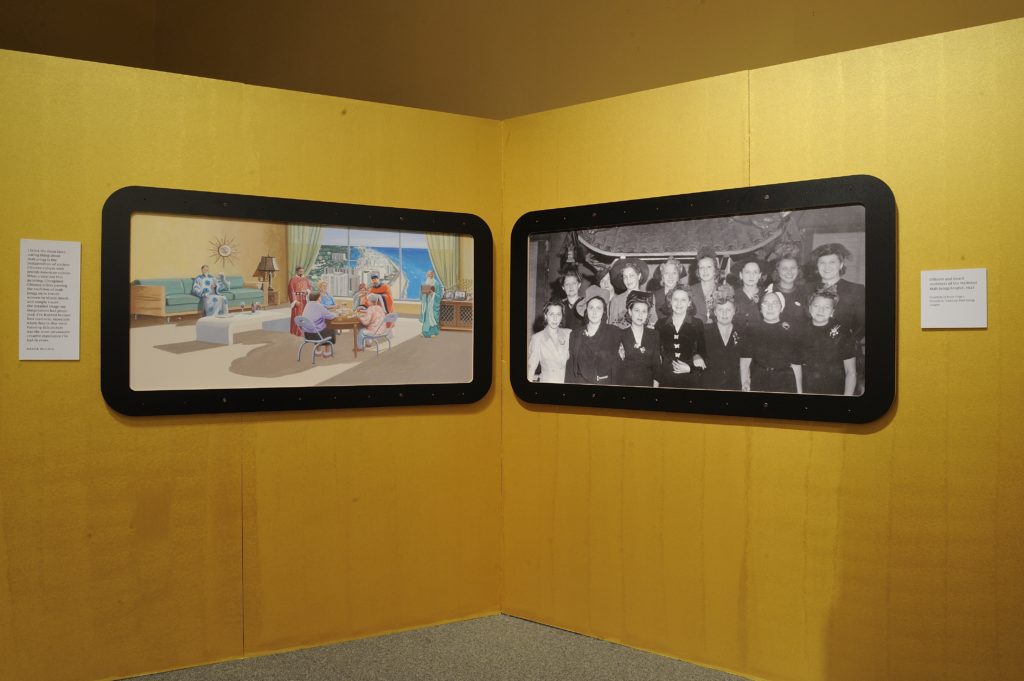
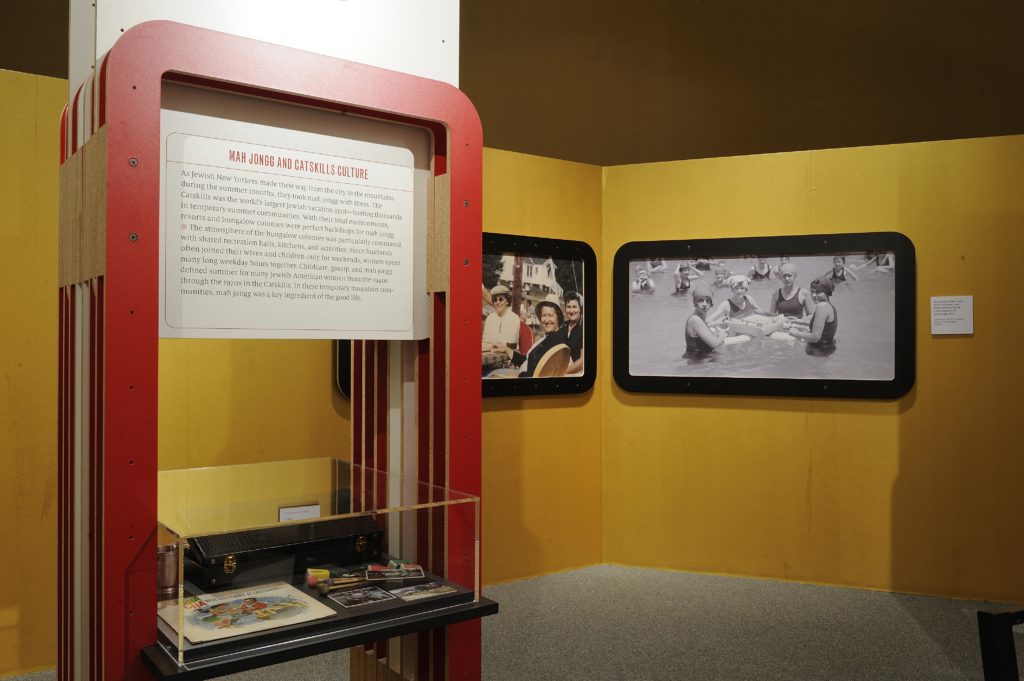
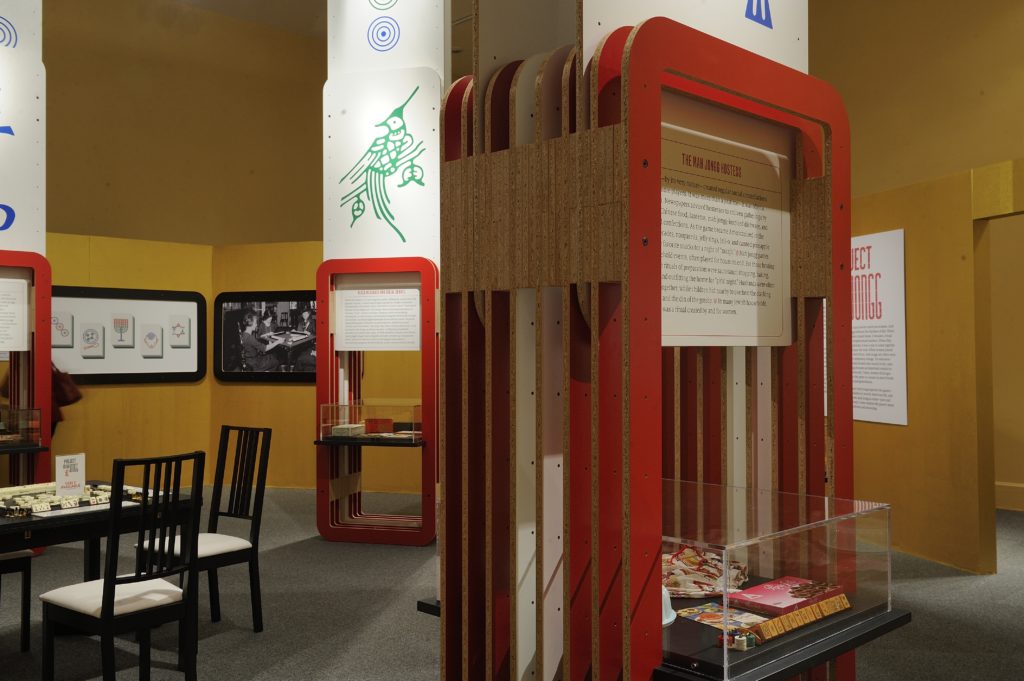
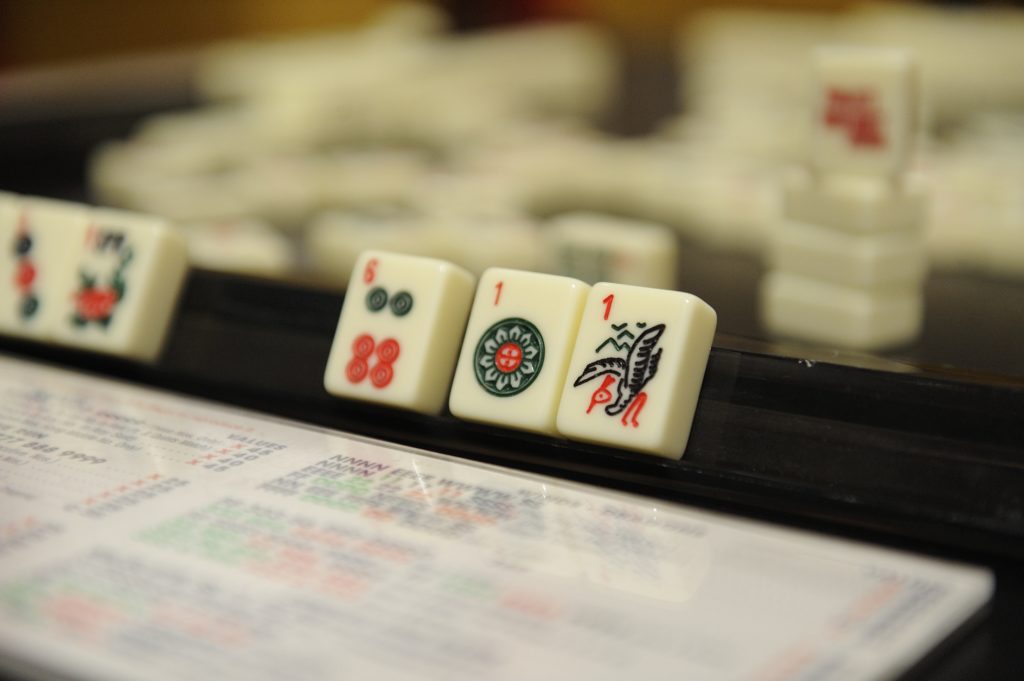
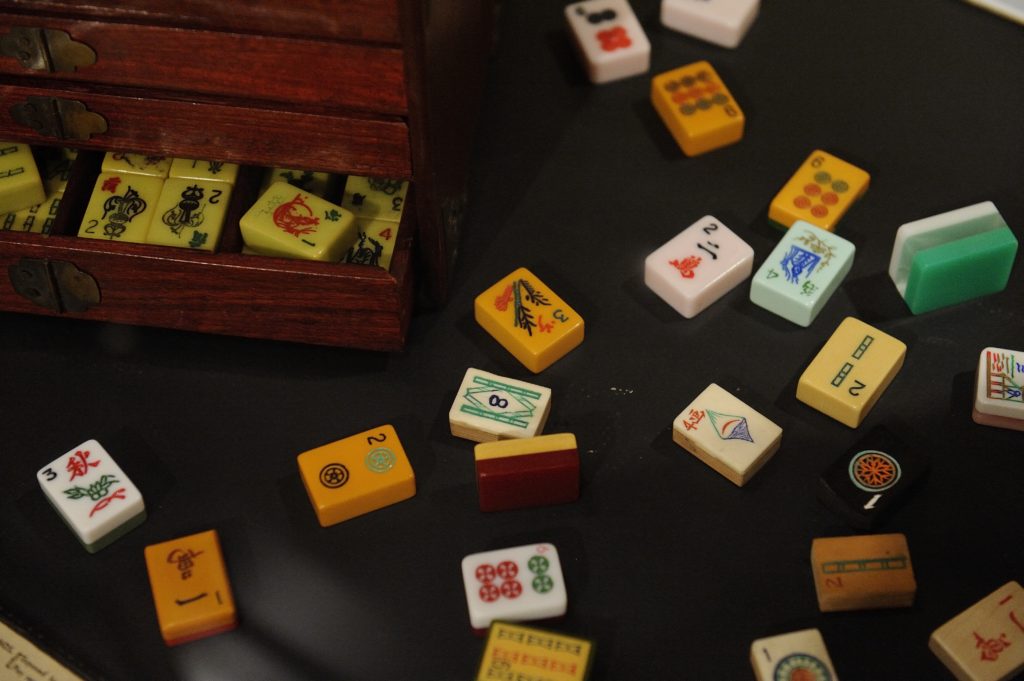
Comments are closed.